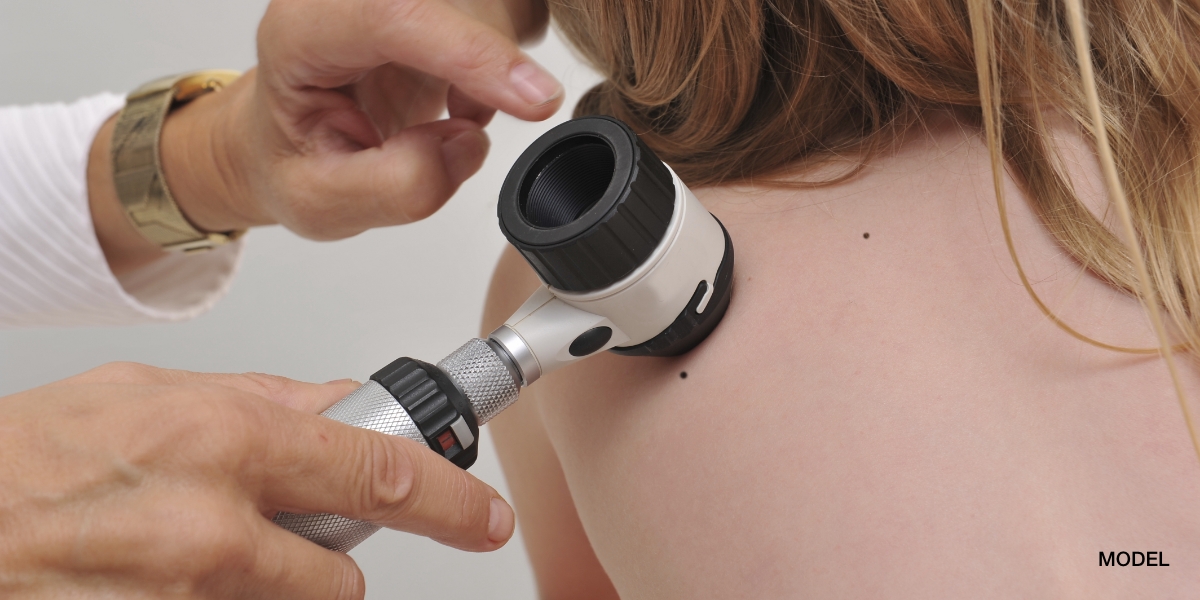Reviews
Read our reviews to see other patients’ experiences with visiting Perri Dermatology.
Insurance
We accept medical insurance to help cover the cost of our medical dermatology procedures.
Patient Forms
New patients can download their medical forms from our website before their appointment.












